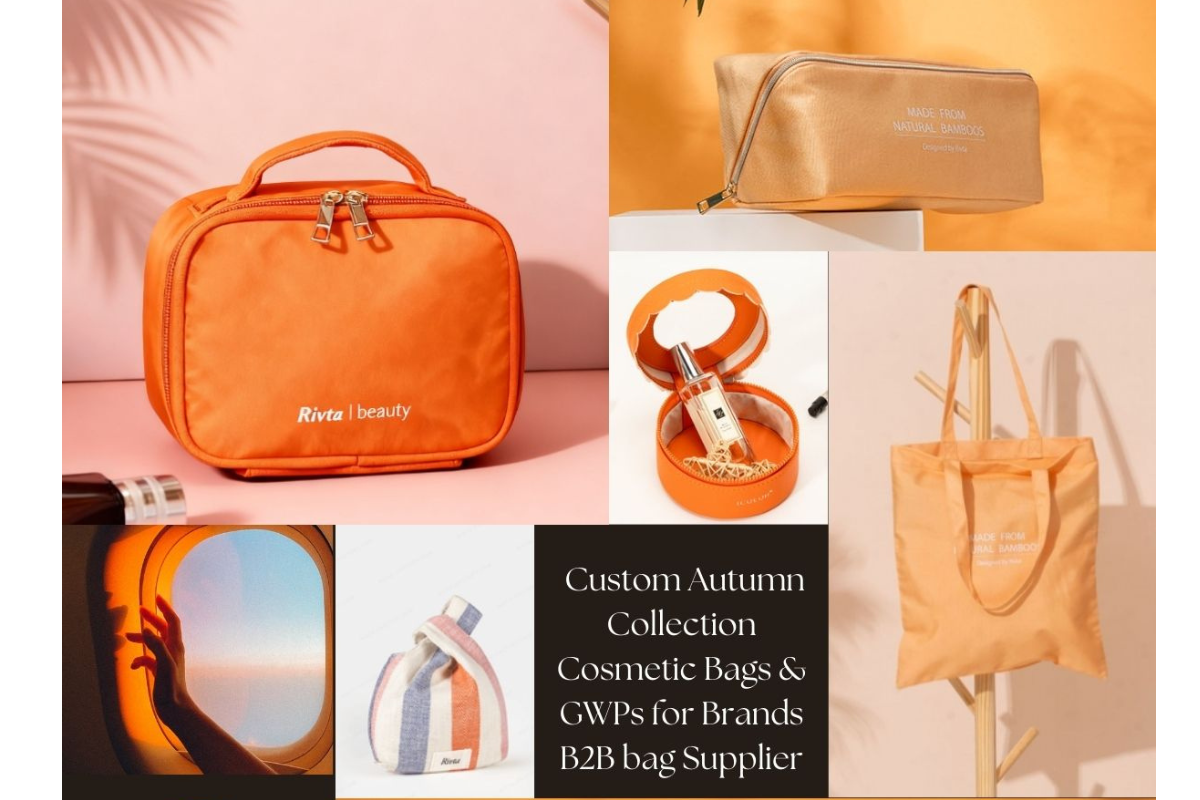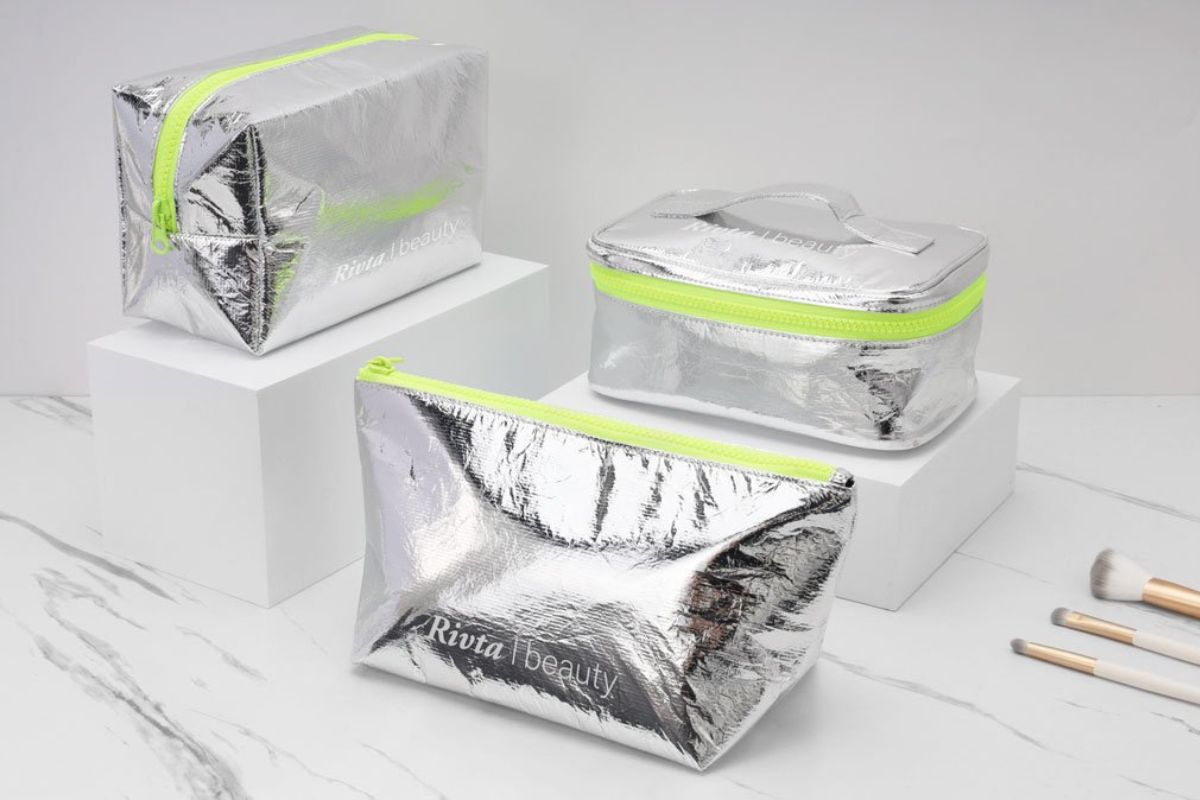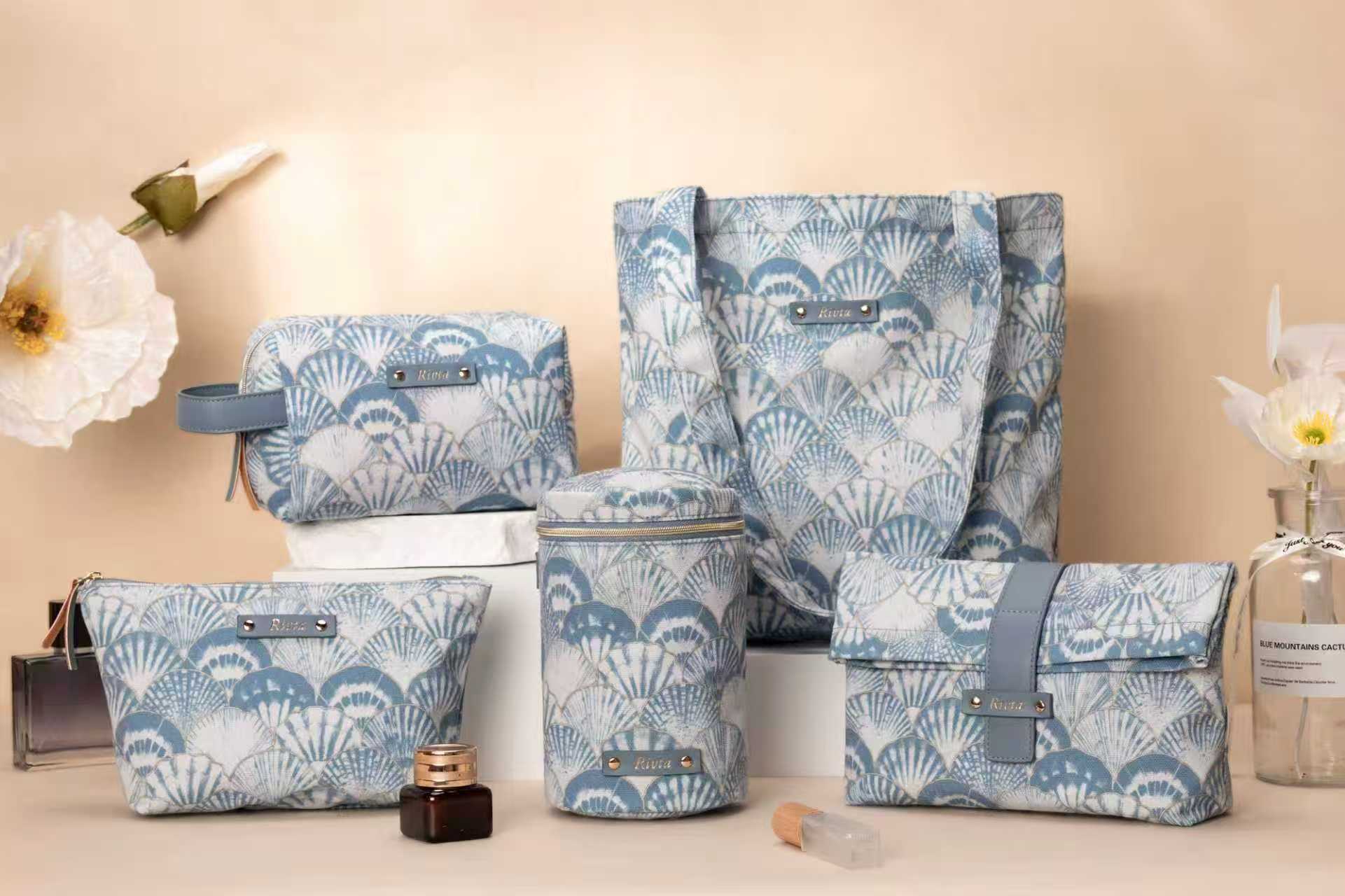5 Costly Mistakes to Avoid When Importing Toiletry Bags in Bulk?
You're ready to import custom toiletry bags, but you're worried about hidden risks. One bad decision could lead to a shipment of unsellable products, destroying your budget and timeline.
The most common costly mistakes are falling for the lowest price, skipping the sample approval stage, using vague communication, underestimating hidden fees like shipping and duties, and not knowing if you're working with a factory or a trading company.
Importing directly from a manufacturer like us in China can be incredibly rewarding for your brand. But over my 30+ years in this business, I've seen brands make the same few mistakes over and over again, turning what should be a profitable venture into a massive headache. These aren't complex operational failures; they're simple oversights that can easily be avoided with a little bit of knowledge. I want to walk you through the five most common pitfalls I've seen, using real stories and practical advice. This guide will help you source smarter, protect your investment, and build a successful partnership with your manufacturer.
Is the lowest price trap making "cheap" too expensive?
You're trying to maximize your profit margin, so the lowest quote is naturally tempting. You're afraid that if you pass it up, you'll be leaving money on the table.
The lowest price often becomes the most expensive. This is because rock-bottom quotes are usually achieved by sacrificing material quality, using weak hardware, cutting corners on stitching, and ignoring ethical labor standards, leading to a product that customers will return.
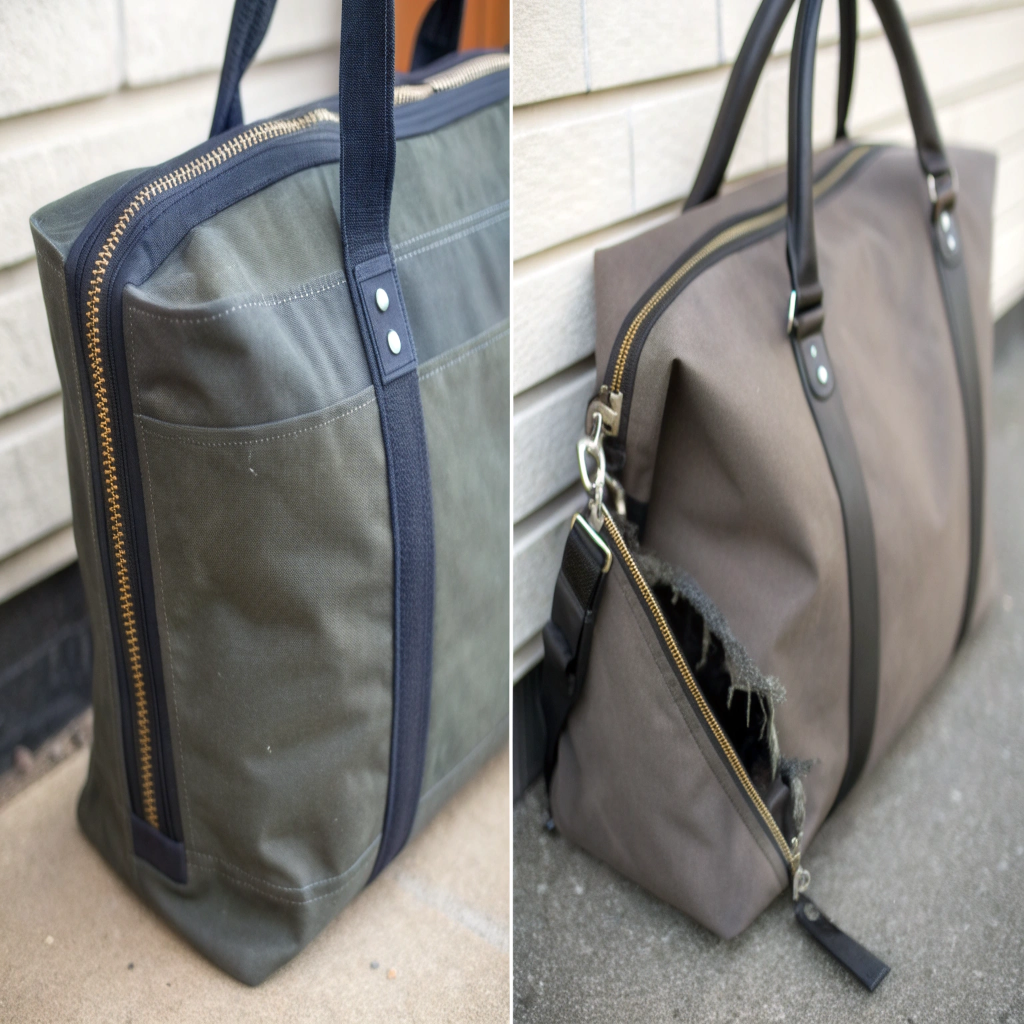
I have seen this happen more times than I can count. A potential client comes to us, gets our quote, then finds another supplier who is 20% cheaper. Six months later, they’re back. Why? The "cheaper" bags they ordered had zippers that broke after three uses, seams that split, and fabric that felt thin and flimsy. They couldn't sell them, and their brand reputation took a hit. When a price seems too good to be true, it's because corners are being cut. These cuts happen in places you might not notice at first glance: the quality of the thread, the grade of the PVC-free lining, the plating on the zipper puller. A quality manufacturer invests in skilled workers and durable materials. We price our products to be competitive, but also to be sustainable—for our business, for your brand, and for the planet.
Why is skipping a rigorous sample approval a critical error?
You are in a hurry to get your product to market. You think skipping the sample and going straight to production will save you a few weeks and some money.
Skipping the final sample approval is gambling with your entire investment. A physical sample is your only chance to test the material, check the colors, feel the hardware, and approve the craftsmanship before thousands of units are made incorrectly.

A digital mockup or a photo can't tell you how a bag feels in your hands. It can’t tell you if the zipper is smooth or if the color is exactly what you envisioned under different lighting. The pre-production sample is the single most important checkpoint in the entire process. I remember working with Alisa, the Australian skincare founder. We sent her a sample made from RPET material. On the sample, she realized the internal elastic loops we’d used were slightly too tight for her best-selling bottle. It was a simple, easy fix for us to make. But imagine if she had skipped that step? She would have received 5,000 bags that didn't properly fit her main product. That is a disaster. The sample stage isn't a delay; it is your insurance policy. It's where you confirm every single detail and give the green light with 100% confidence.
Is vague communication the #1 cause of production errors?
You've sent an email with your design ideas. You assume the factory knows what you mean by "a nice blue color" or "a standard size pocket."
Absolutely. Vague communication is the root cause of most production mistakes. Factories need precise, technical instructions. Ambiguous terms lead to guesswork, resulting in products that do not match your vision. Clear, specific communication is not optional; it is essential.
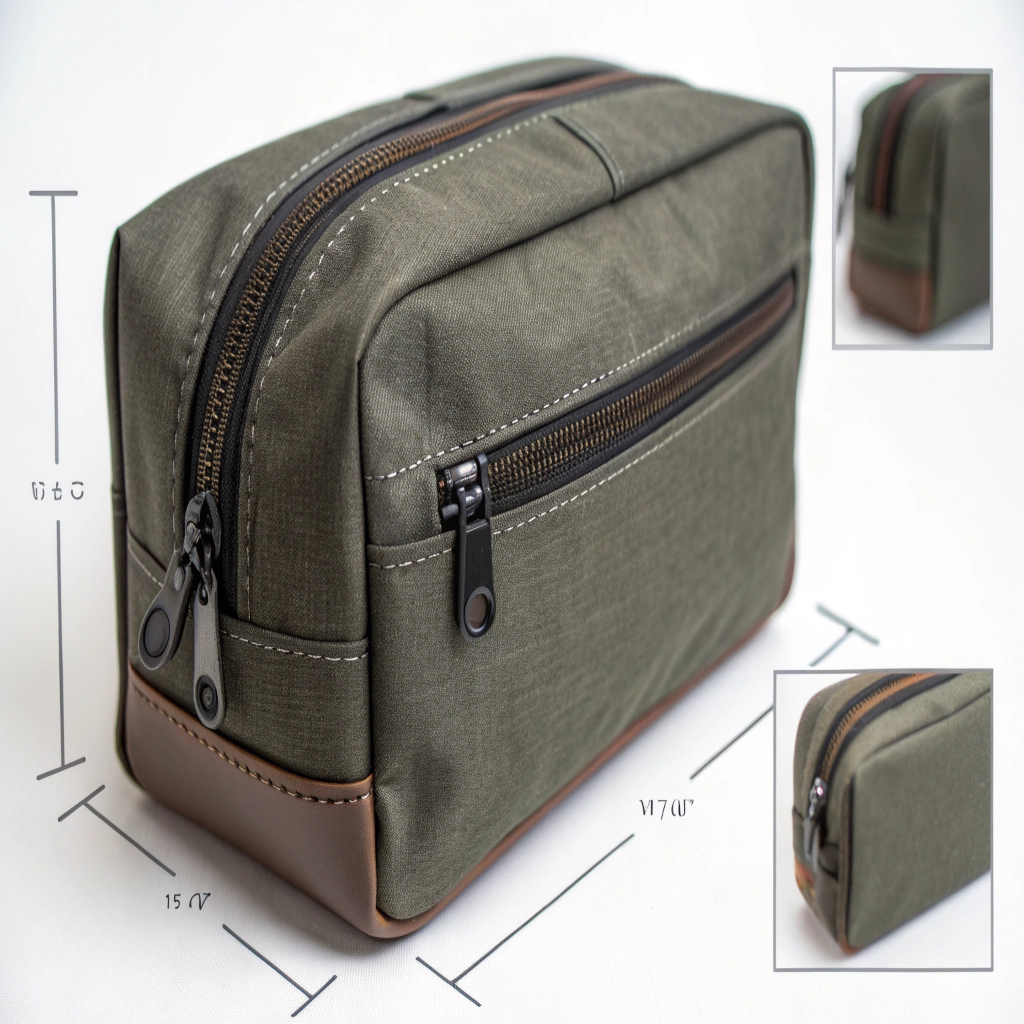
Manufacturing is a technical process, and it requires a technical language. A phrase like "a high-quality zipper" is meaningless to a production manager. We need to know: Is that a #5 nylon coil zipper or a metal tooth zipper? Does it need a matte black plating or an antique brass finish? This is why we work with our clients to create a detailed document called a "tech pack." This is the blueprint for your product. It contains everything:
- Exact Dimensions: Length, width, and height in centimeters.
- Material Specs: "16oz washed cotton canvas" instead of just "canvas."
- Color Codes: A Pantone color code (e.g., PANTONE 19-4052 Classic Blue) instead of "dark blue."
- Hardware Details: Specifies the type, size, and finish of all zippers, pullers, and clasps.
- Stitching Instructions: Details on thread color and stitches per inch.
Investing time in creating a clear tech pack eliminates assumptions and ensures that you and the factory share the exact same vision.
Are you underestimating shipping, duties, and hidden fees?
You have the per-unit cost from the factory. You think you can just multiply that by your quantity to get your total cost of goods.
Many first-time importers are shocked when the final bill is much higher than the factory's price. The unit price doesn't include ocean or air freight, customs duties, taxes, port fees, or local transportation. These costs can add 20-30% or more to your total.
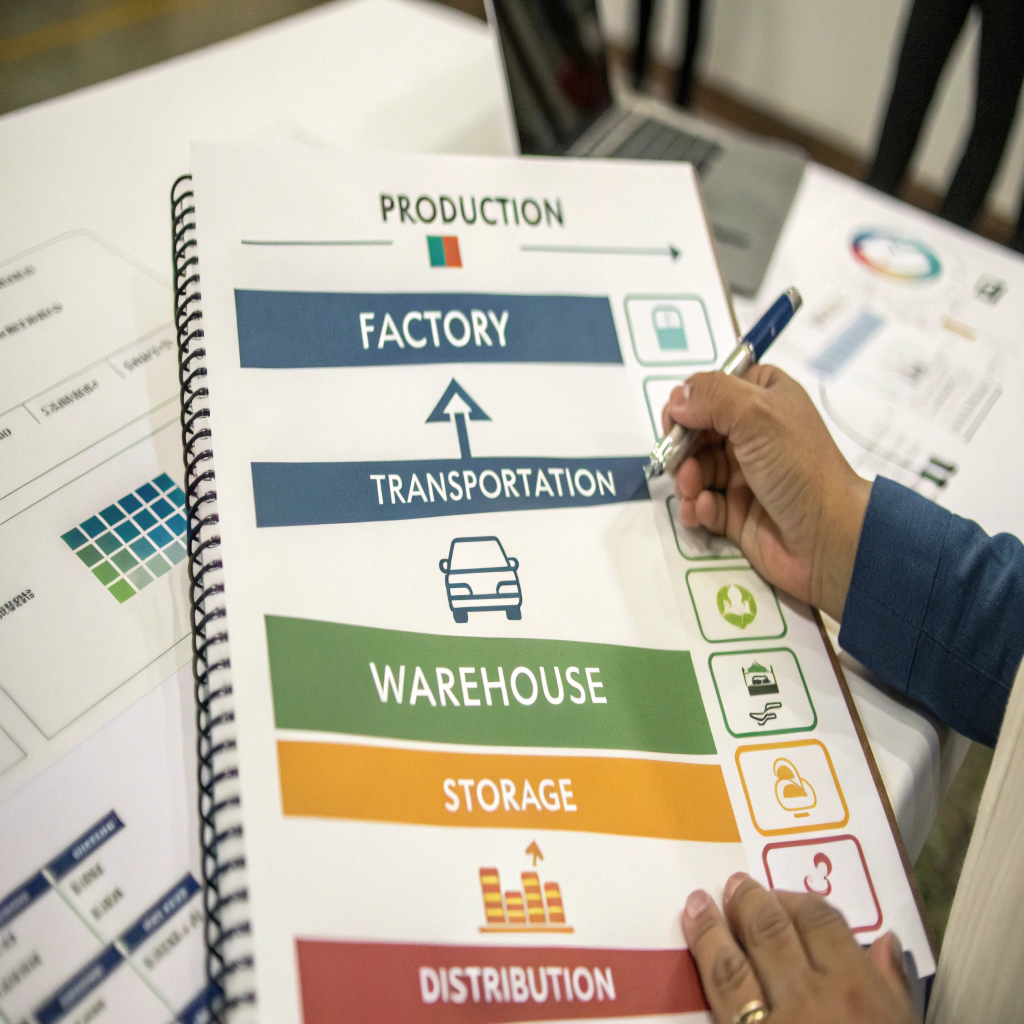
The price a factory gives you is usually an FOB (Free On Board) price. This means the manufacturer is responsible for the cost of the goods and for getting them to the nearest port. That’s it. After that, it’s all on you. You have to account for a chain of other expenses to calculate your true "landed cost." This includes:
- Ocean or Air Freight: The cost to transport the goods from the port in China to a port in your country.
- Insurance: To protect your investment against loss or damage during transit.
- Customs Duties & Tariffs: Taxes your country's government charges on imported goods. This varies wildly based on the product and materials.
- Port Fees & Brokerage: Fees for customs clearance, unloading, and paperwork at the destination port.
- Inland Delivery: The cost of trucking your goods from the port to your warehouse.
We always advise our clients to work with a freight forwarder or customs broker early in the process. They can provide a detailed estimate of these costs so there are no nasty surprises when the shipment arrives.
Do you know if you're really working with a factory vs. a trading company?
You found a supplier online with a professional website and great prices. You assume you're dealing directly with the people who will be making your product.
This is a critical distinction. A factory (like Rivta) physically manufactures the goods. A trading company is a middleman that buys from factories and resells to you. While traders can be convenient, they add a layer of cost and miscommunication to the process.
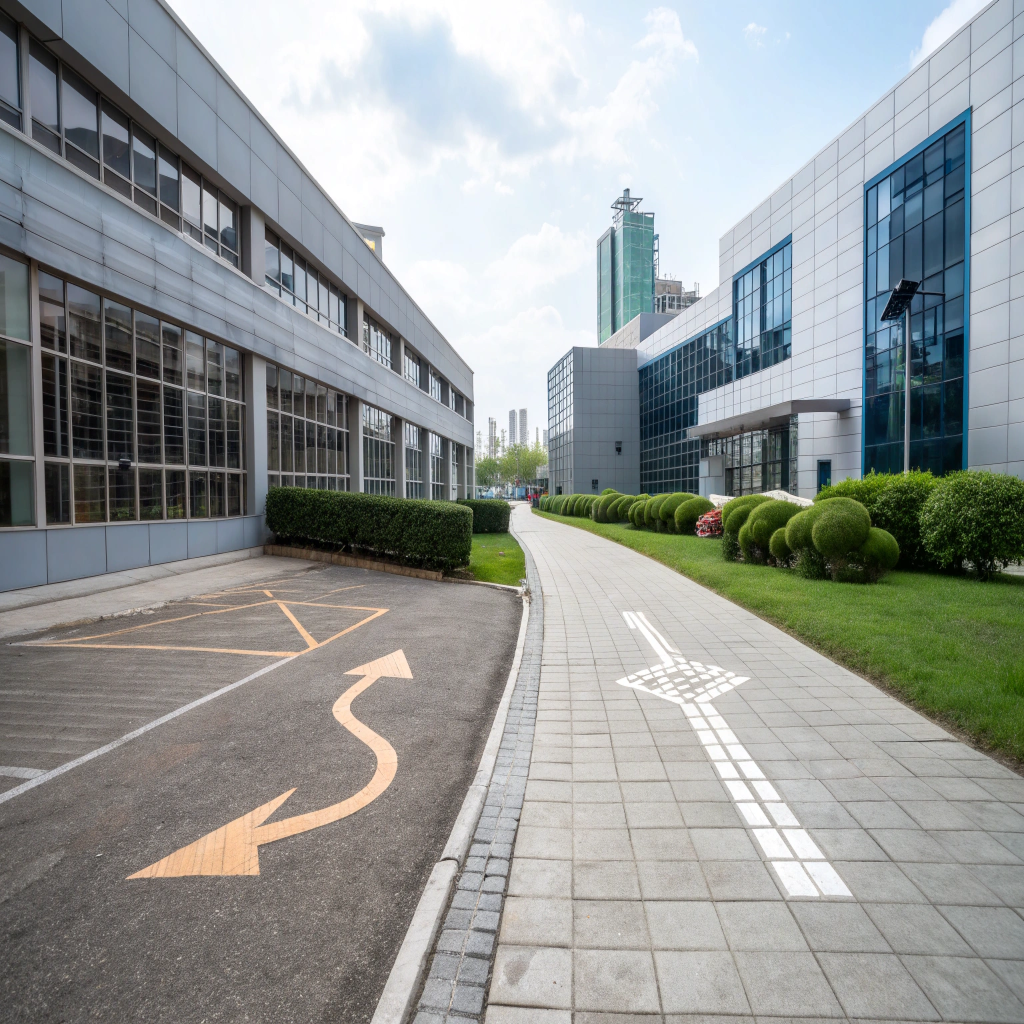
Working directly with a factory has major advantages. You have a direct line of communication with the people actually making your bag. This means better quality control, faster problem-solving, and more transparency. When you have a technical question about stitching or want to develop a custom material, you are talking to the experts. You also get a better price because you aren't paying the trader's markup. So how can you tell the difference?
- Ask for a factory audit report (like a BSCI or ISO 9001). Factories have these; trading companies usually don't.
- Ask specific technical questions about machinery or production capacity. A factory representative will know the answers instantly.
- Check their business license. It will state their business scope as "manufacturer" or "producer."
- Look at their product range. A factory usually specializes in a specific category (like us with bags). A trading company often sells a huge, unrelated variety of products.
Source smarter, not harder: how can you partner with a proven factory direct?
You understand the risks now, but you need a reliable solution. You want a partner who can help you navigate this process safely and efficiently.
Partnering directly with a long-established, transparent factory like Rivta is the smartest way to source. We provide clear communication, high-quality production, ethical standards, and expert guidance to help you avoid every mistake mentioned in this guide.
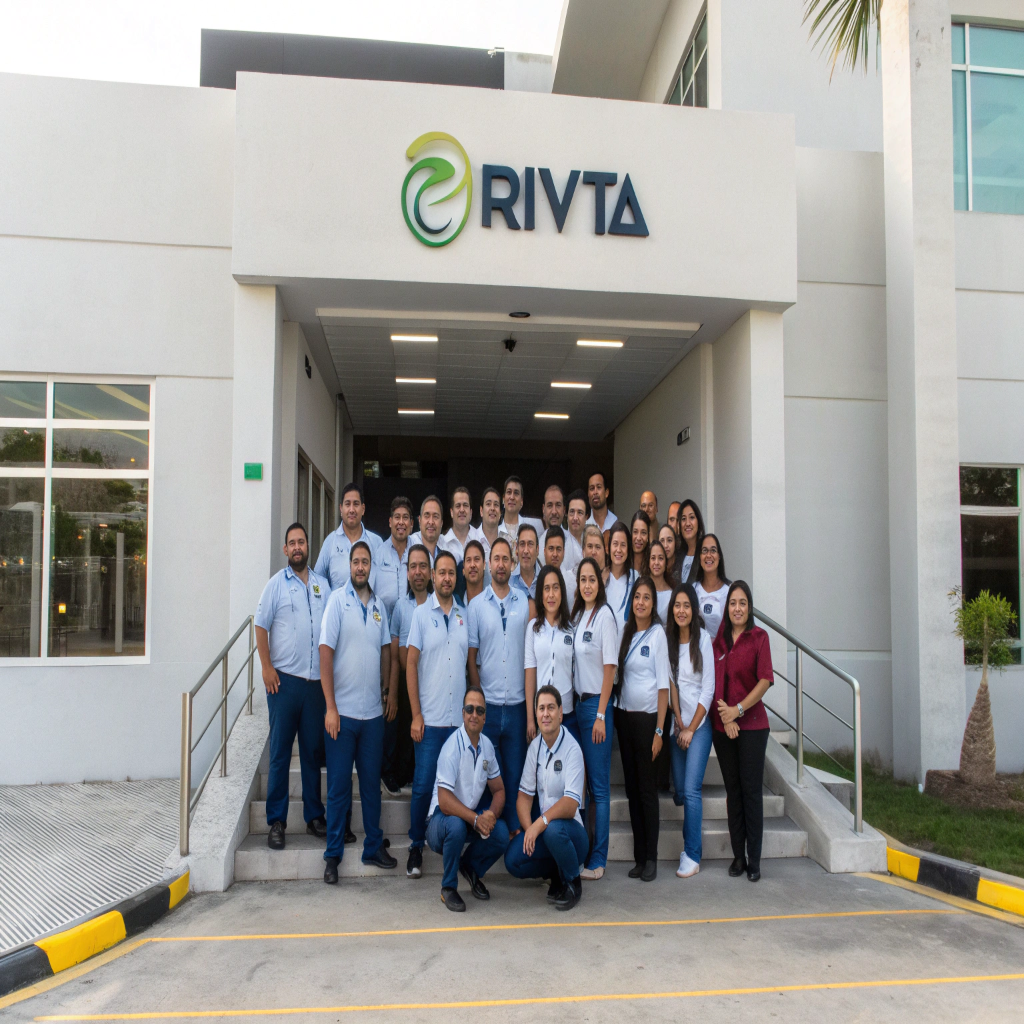
The goal isn't just to avoid mistakes; it's to build a strong, long-term supply chain. At Rivta, we've been helping brands do just that since 1990. We are a real factory, and we welcome clients to visit us here in Dongguan. Transparency is at the core of how we operate. We guide you through the tech pack creation, we insist on a rigorous sample approval process, and we provide clear, all-inclusive quotes when requested. Our "Green Mission" means we are also committed to sustainable and ethical production, giving you a product you can be proud of. When you partner with us, you are not just a client; you are a partner. We invest our expertise in your success because when you win, we win.
Conclusion
Importing doesn't have to be risky. By avoiding these five common mistakes and partnering with a transparent factory, you can protect your investment and build a successful product line with confidence.

